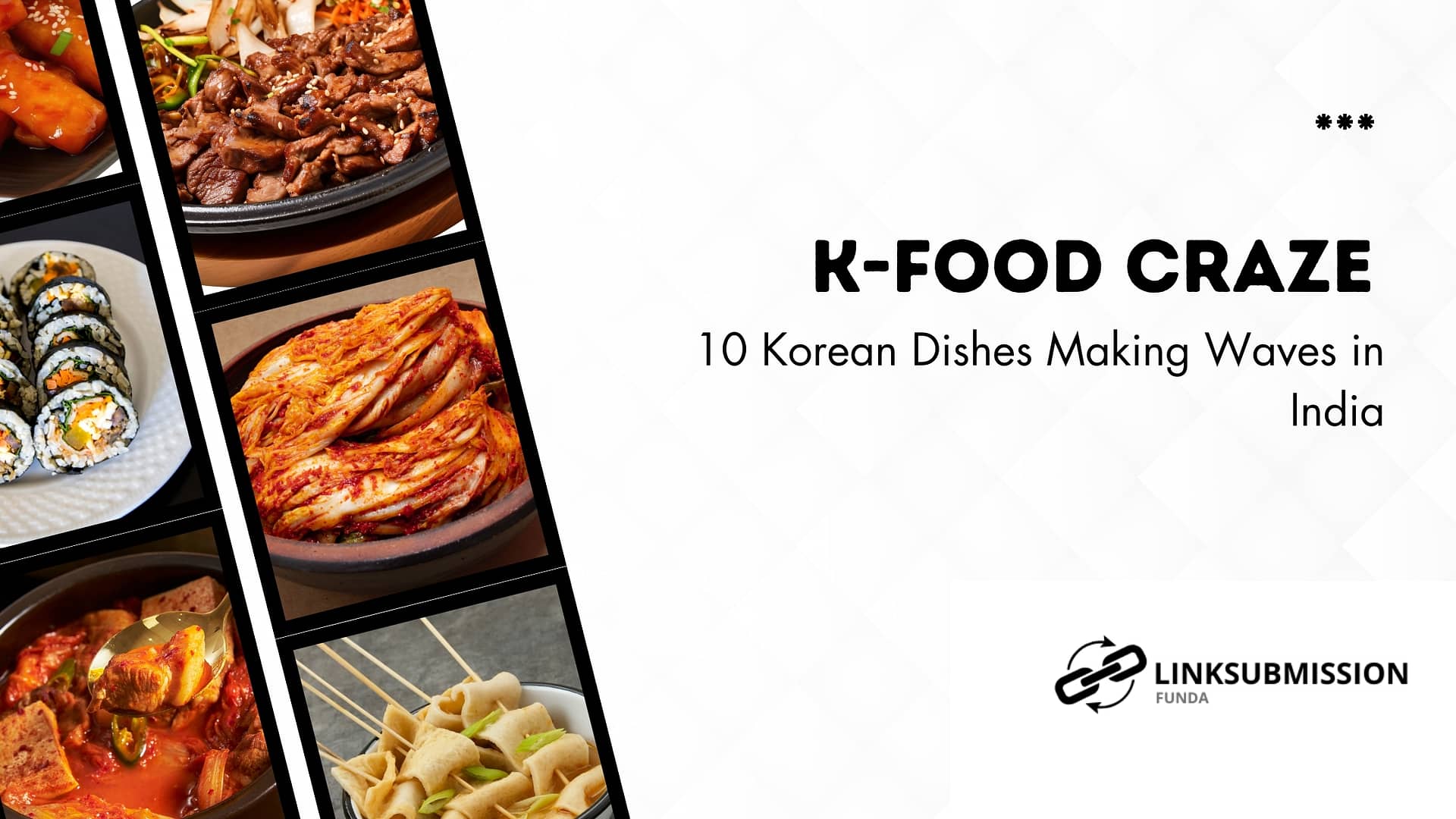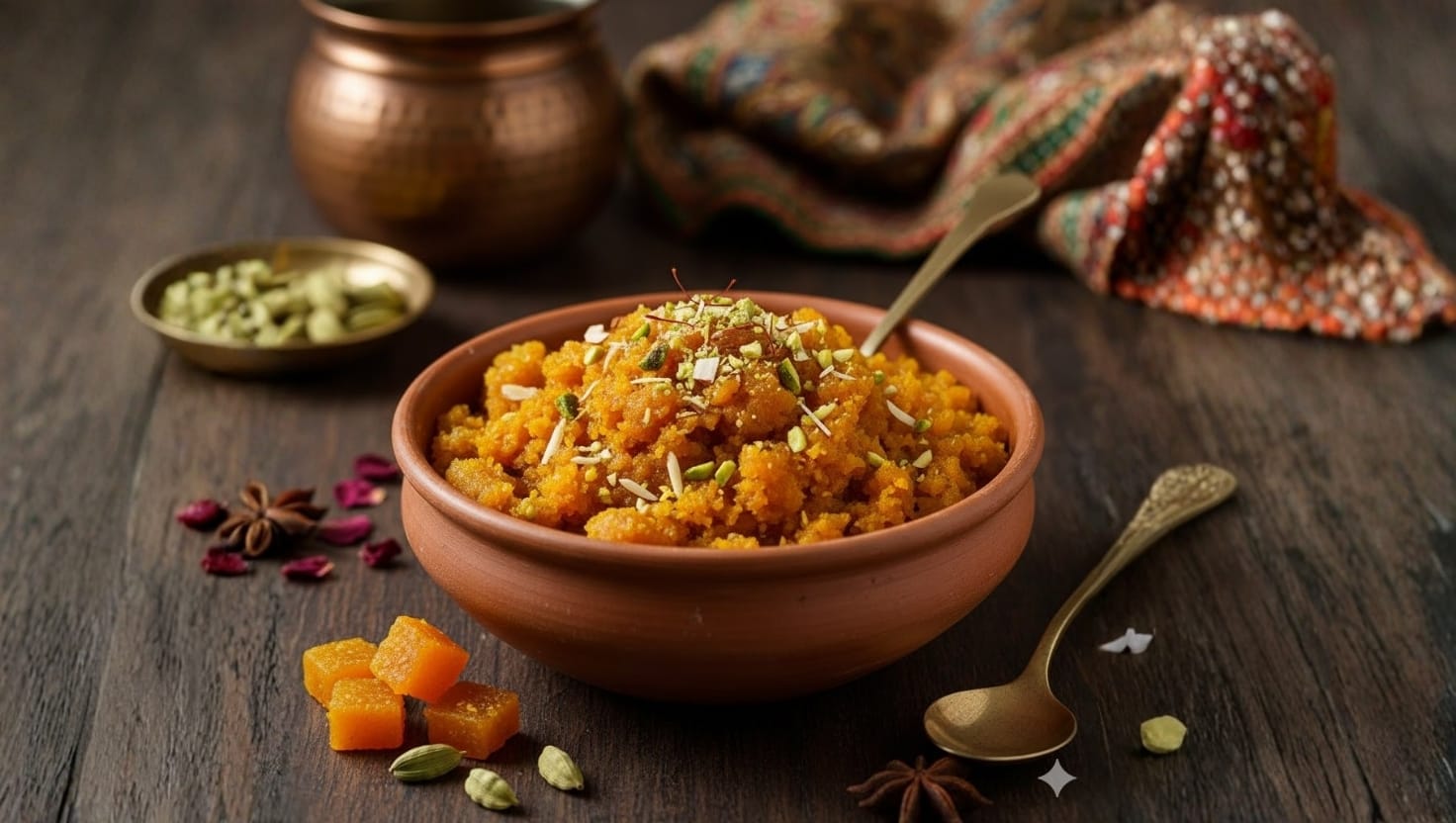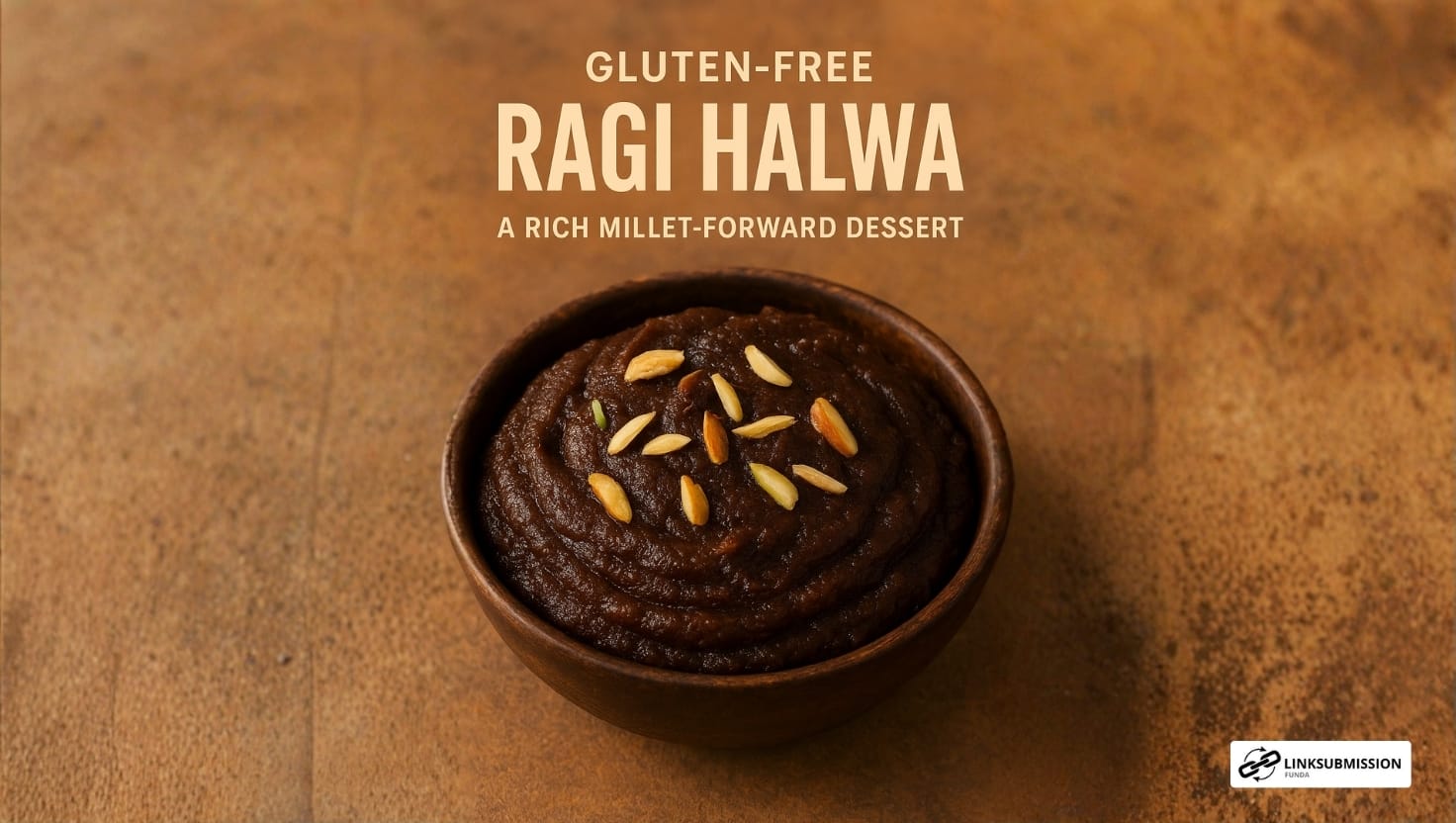In recent years, Korean culture has swept across India, from the irresistible charm of K-dramas and K-pop to the colorful world of Korean cuisine. Indian food lovers, especially Gen Z and millennials, have eagerly embraced Korean flavors, making Korean dishes more than just a passing trend. Whether it’s spicy, savory, or sweet, Korean food has found a new home in Indian hearts—and taste buds.
Here’s a look at 10 Korean dishes that are currently trending across India, creating a buzz both in homes and restaurants.
1. Kimchi (Fermented Vegetables)
Kimchi is the cornerstone of Korean cuisine. This spicy, fermented cabbage dish is loaded with probiotics and flavor. Its bold, tangy taste resonates with Indian palates, especially those who enjoy achar (pickle). With the rise of health-conscious eating, kimchi is not just a side dish anymore—it’s added to rice, burgers, and even pizzas in Indian fusion kitchens.
2. Tteokbokki (Spicy Rice Cakes)
These chewy rice cakes in a fiery red chili sauce are a favorite among Korean street food lovers. Tteokbokki has gained massive popularity in Indian metro cities for its spicy-sweet flavor and fun, bite-sized texture. Many Korean cafes in India now offer this dish, often customizing the spice levels to suit Indian preferences.
3. Bibimbap (Mixed Rice Bowl)
Bibimbap is the perfect mix of health and taste. This bowl of rice topped with sautéed vegetables, meat, a fried egg, and gochujang (Korean chili paste) is as visually appealing as it is delicious. Indian foodies love it for its versatility and the DIY element of mixing it all together. Vegetarian versions are also becoming popular, making it widely accessible.
4. Kimbap (Korean Sushi Roll)
Often referred to as Korea’s answer to sushi, Kimbap is a seaweed rice roll packed with vegetables, egg, and meat or tofu. Its portability and taste have made it a go-to snack for many Indians on the move. Unlike Japanese sushi, kimbap doesn’t use raw fish, which appeals to Indian tastes.
5. Korean Fried Chicken
This double-fried chicken glazed with sweet, spicy, or soy garlic sauces is a crunchy delight. Korean fried chicken chains and cloud kitchens are growing in Indian metros like Delhi, Mumbai, and Bangalore. The crisp texture and unique flavors have made it a hot favorite among chicken lovers in India.
6. Jajangmyeon (Black Bean Noodles)
These savory noodles in a thick black bean sauce have become a must-try dish among Indian K-drama fans. It’s hearty, flavorful, and different from typical Indian noodle dishes. Restaurants serving authentic Korean food in India often feature Jajangmyeon, and instant versions are also available online.
7. Ramyeon (Korean Instant Noodles)
Thanks to their frequent appearances in K-dramas, Korean instant noodles (ramyeon) have become a pantry staple for many Indians. Spicier and richer than regular instant noodles, brands like Samyang and Nongshim are widely available now in supermarkets and online stores.
8. Hotteok (Sweet Korean Pancakes)
Hotteok is a beloved Korean winter street snack—a soft pancake filled with brown sugar, cinnamon, and nuts. Its warm, sweet filling makes it perfect for the Indian dessert-loving crowd. It’s easy to make at home, and recipes are trending on Indian food vlogs and reels.
9. Bulgogi (Marinated BBQ Beef)
Although beef isn’t as widely consumed across India, Bulgogi—thinly sliced marinated meat grilled or stir-fried—is gaining ground in Indian cities where beef is available. The soy-based marinade with hints of garlic, sesame, and sugar hits the right balance of sweet and savory, appealing to Indian taste buds.
10. Korean Corn Dog
This unique street snack, often coated with batter, sugar, and toppings like mozzarella or potato cubes, has gone viral on Indian social media. Food stalls in metros and college areas have started offering Korean-style corn dogs, capitalizing on the quirky and fun nature of the dish.
Why the Sudden Surge in Popularity?
The Korean food trend in India can be attributed to the “Hallyu Wave”—the global popularity of Korean entertainment. As K-dramas and K-pop dominate screens, they’ve naturally introduced Indian audiences to Korean culinary delights. Moreover, the younger generation is more open to global flavors and eager to experiment with new cuisines.
Several food influencers, YouTubers, and Instagrammers have also played a key role by trying and reviewing Korean food, creating recipes, or showcasing fusion variations—like kimchi paratha or Korean masala noodles.
Final Thoughts
Korean cuisine’s rise in India is not just a trend—it’s a cultural shift. With more Korean restaurants opening and Korean ingredients becoming easier to source, this is just the beginning of a flavorful journey. Whether you’re a K-drama lover or a curious foodie, there’s a Korean dish out there waiting to win your heart—and your taste buds.





